How to Choose the Discount Geomembrane Best for Your Geosynthetics Project
Learn how to select the discount geomembrane best for geosynthetics projects with tips on quality, installation.
Tel: +86-411-39569550 | E-mail: info@geofantex.com/geofantex@gmail.com
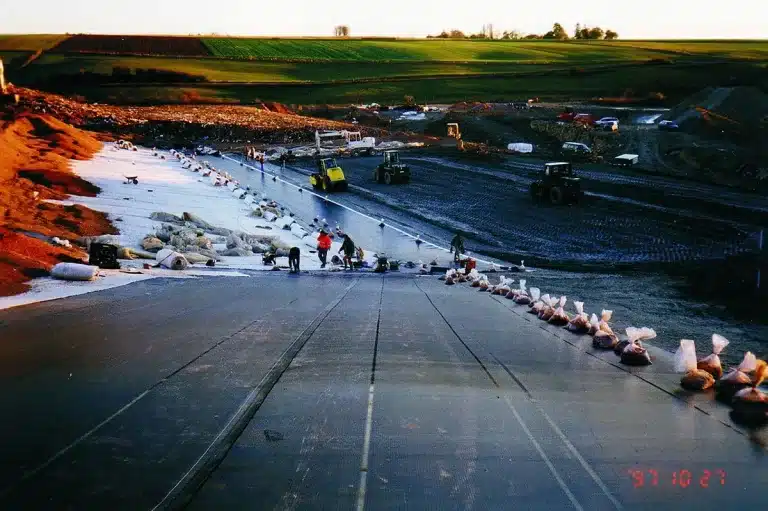
Learn how to select the discount geomembrane best for geosynthetics projects with tips on quality, installation.
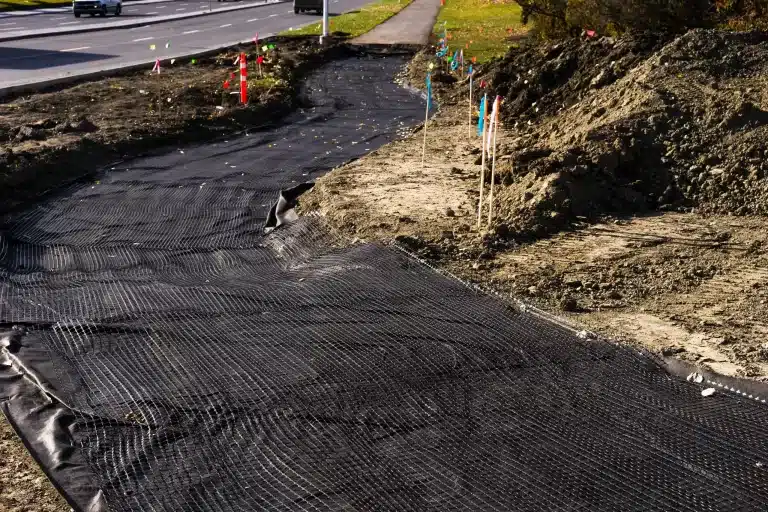
Learn how BX1200 geogrid improves gravel driveways, reduces aggregate use, and strengthens subgrades in construction.
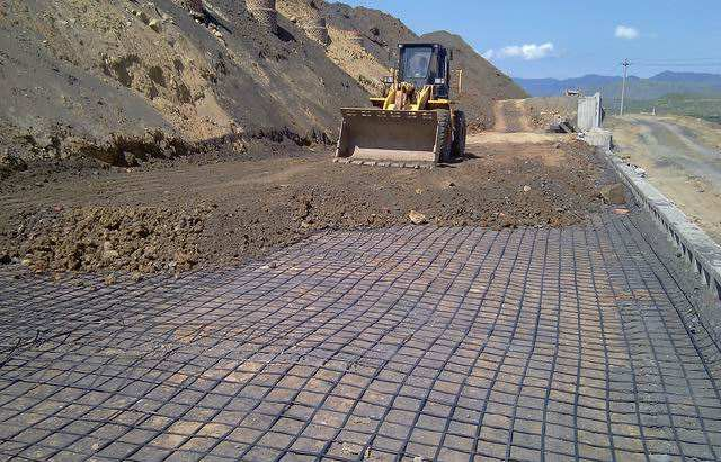
Discover the best geogrid for gravel driveway applications. Learn about biaxial vs triaxial geogrids, benefits, cost savings.
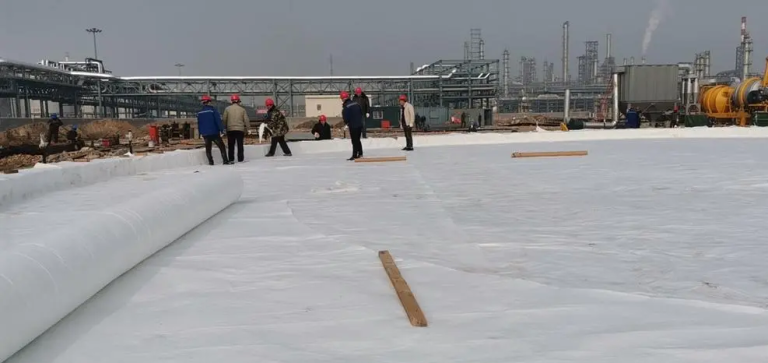
Learn how geotextiles for erosion control protect slopes, coastlines, and riverbanks with effective geosynthetic solutions.
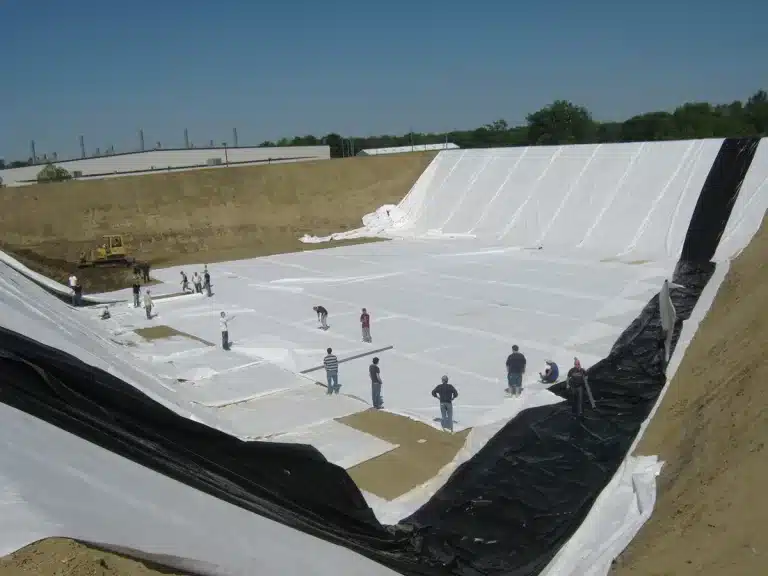
Discover how geotextile fabric containment protects coasts, landfills, and farmland with durable geosynthetic solutions.
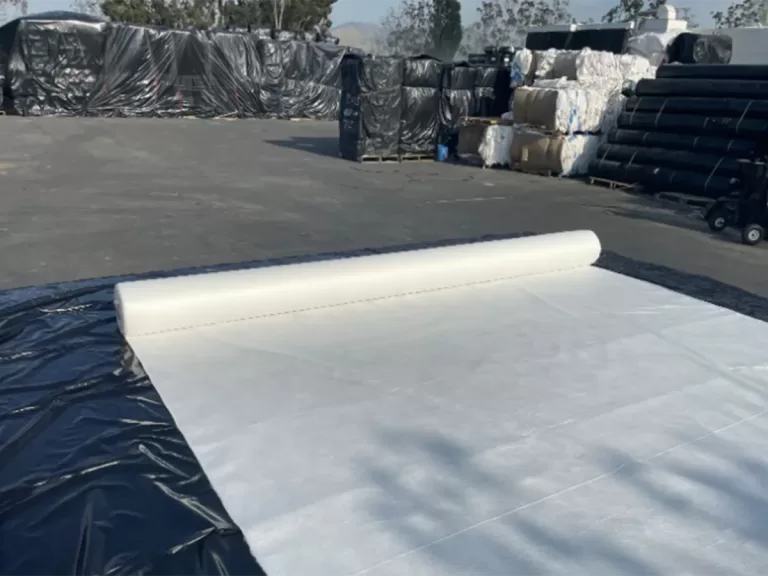
Geofantex offers durable géotextile solutions for soil stabilization, drainage ensuring sustainable construction performance.
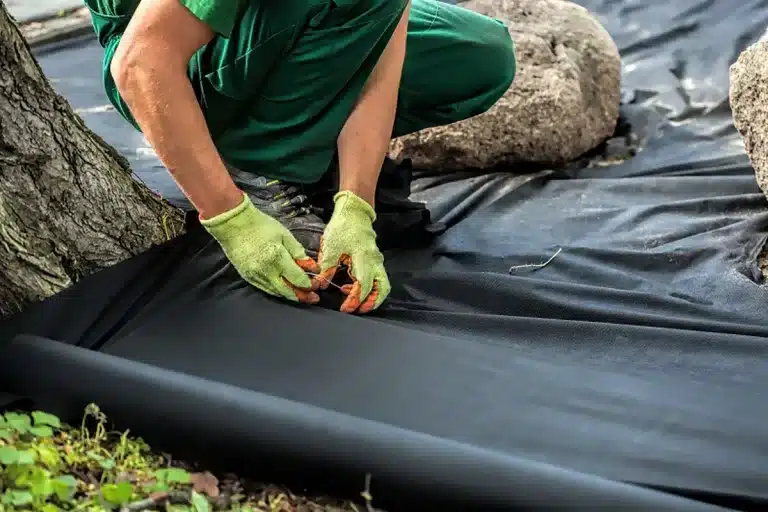
Geofantex provides premium geotextile landscape fabric for drainage, separation, and soil reinforcement in sustainable projects.

Geofantex retaining wall geocomposite drains provide efficient water flow, clog prevention, and long-term wall stability.

Geofantex drainage geocomposites ensure efficient water flow, soil filtration, and long-term durability for civil engineering projects.
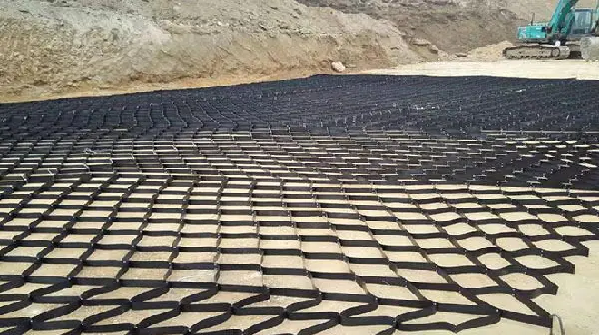
Learn how geocell driveway cost varies with material, size, and installation while providing durable, low-maintenance geosynthetic solutions.
End of content
End of content
WhatsApp us